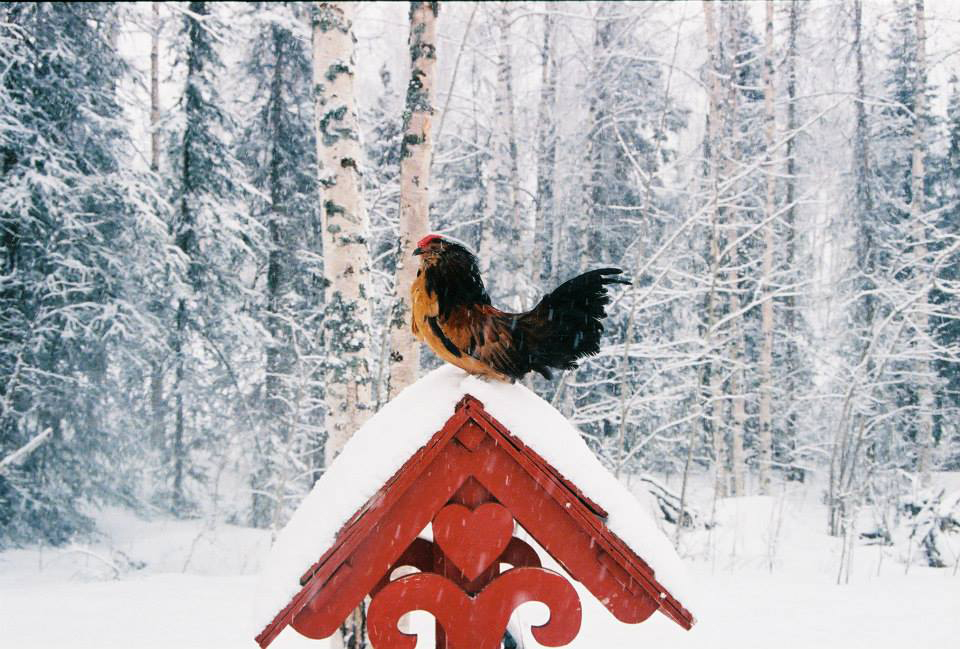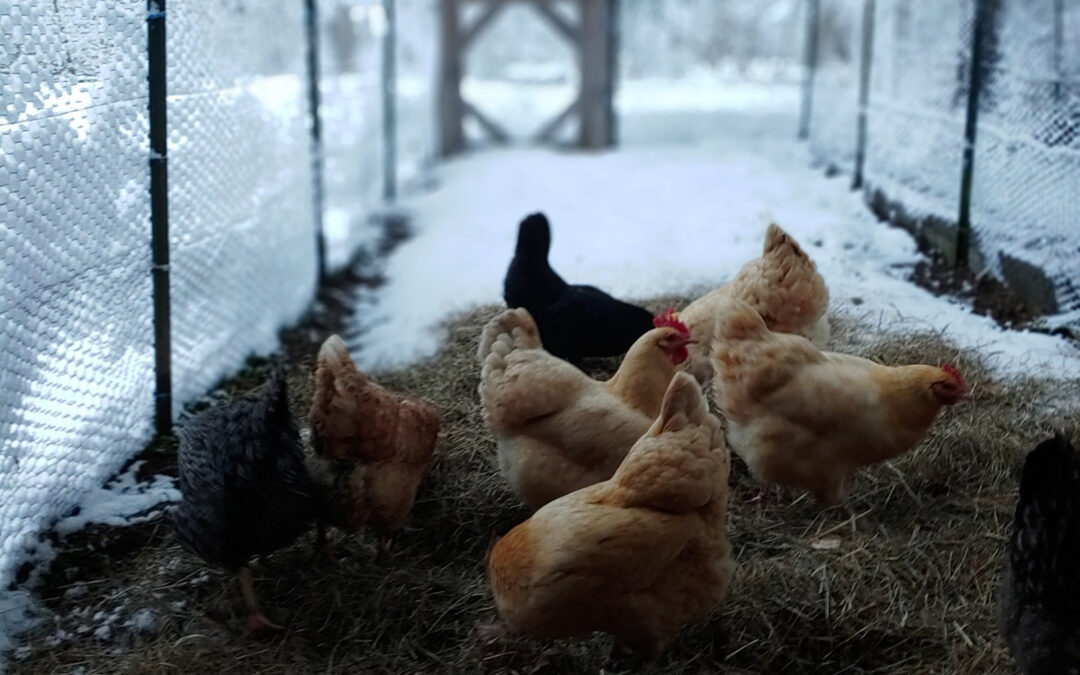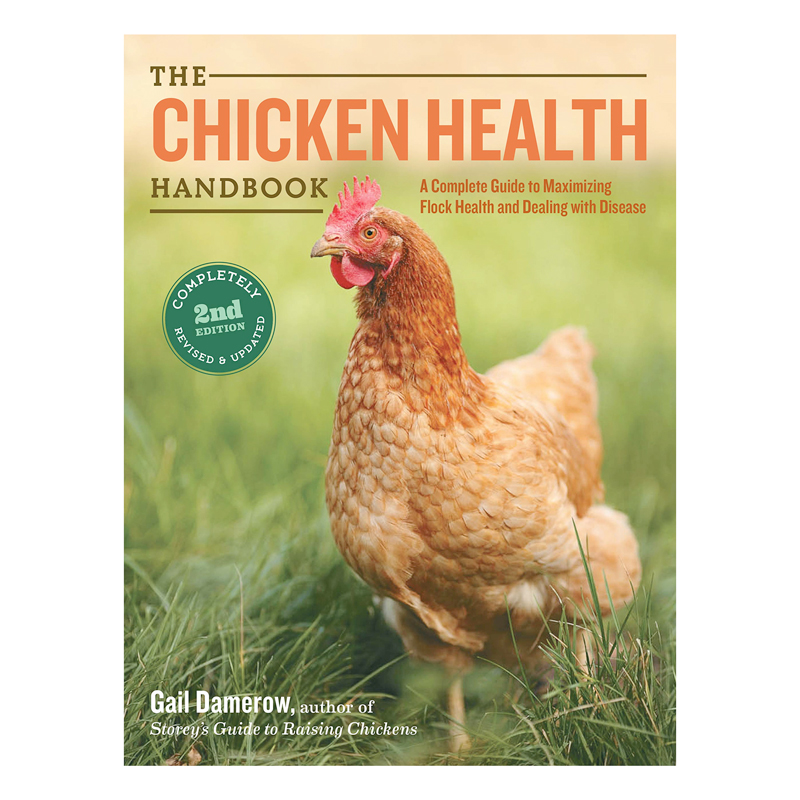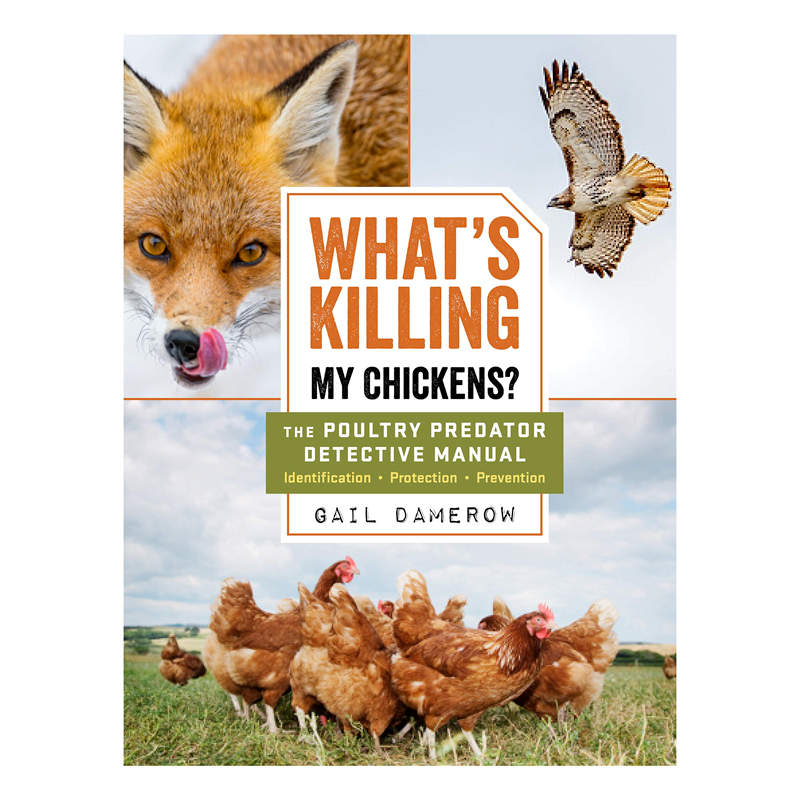Cold stress in winter can affect a flock’s health. Continuing our interview series with Gail Damerow, poultry expert and best-selling author, we query her regarding winter health considerations for chickens.
What is cold stress?
“Cold stress occurs when a chicken rapidly uses its energy reserves because the temperature drops fast or remains low for a long time. The chicken, therefore, doesn’t have enough energy for normal daily needs, and it becomes less resistant to disease,” Damerow explains.
How cold is too cold?
“The temperature at which cold stress occurs, or critical low, is not fixed. Chickens that are gradually exposed to low temperatures tolerate them better,” she says.
“Cold tolerance also depends on a chicken’s breed, age, weight, diet, state of health, as well environmental factors such as wind and rain. However, if the coop temperature lingers below 35°F, I would watch for signs that the chickens are cold.”
How can you tell a chicken is cold?
“A cold chicken puffs out its feathers, creating air space that traps body heat near the skin. And it tucks up one foot at a time into its breast feathers. A group of cold chickens huddle to conserve collective body heat. When feather ruffling and huddling aren’t enough, chickens shiver. Shivering generates more body heat, but also requires more calories,” Damerow warns.

Do chickens eat more in cold weather?
“Chickens eat as much as 25% more in winter. They will suffer if the feeder goes empty. If a chicken goes hungry for just one day, its body temperature drops about 2.5°F. If it doesn’t eat for a second day, its temperature drops another degree or so. A chicken that goes hungry in cold weather won’t last long,” Damerow warns.
“Aside from keeping the feeder full, a little scratch grain fed just before chickens go to roost provides extra calories for overnight warmth. Since feed and water consumption are interrelated, you also have to supply a ready source of clean drinking water.”
That means making sure that their water doesn’t freeze, correct?
Exactly. Chickens don’t drink much at one time. They sip water often throughout the day. And they’ll drink more if the water is warm. So, you can either periodically refill the drinker, or use a heated waterer. As long as chickens get enough to drink, they will eat enough to stay warm in cold weather,” she states.
“Another thing about water in winter is to make especially sure the drinker doesn’t drip. High humidity in the coop contributes to cold stress.”
But isn’t humidity usually pretty low in cold weather?
“Yes, but the air inside a chicken coop can be high in humidity from pooping and breathing. Chicken poop is about 70% moisture, and the rapid breathing of chickens means they use a lot of air, releasing body moisture with every exhalation.
“A temperature that’s low enough to freeze moisture in the air can freeze combs, wattles, and toes. Frostbite is therefore more likely in a damp coop than in a dry one.”

How do you control the humidity in a coop?
One way is to periodically remove poop from beneath roosts. Or, you could use 6 to 8 inches of deep litter. Stirring the litter every day or two with a rake or pitchfork keeps manure below the surface, where moisture will be absorbed. Deep litter has the added benefit of generating heat,” she explains.
“Equally important is good ventilation, which moves stale air out of the coop and allows fresh air in. Ventilation not only removes moisture, but also dilutes any existing airborne pathogens, reducing the potential for disease.
“Coop ventilation comes in many forms. If the coop has a south-facing window, an option is to keep it partially open. Some coops have a cupola or roof vents. Others have wall vents, which should be higher than the roost to avoid draftiness. Unlike a draft, ventilation doesn’t necessarily stir up a breeze.”
So there’s a difference between ventilation and a draft?
Yes. A well-built coop with good ventilation shouldn’t be drafty. Drafts carry away warm air trapped in a chicken’s ruffled feathers.
“To make sure your coop isn’t drafty, dangle a ribbon or strip of tissue near the roost. If the ribbon or paper moves, the coop is drafty. Maybe too many windows are open, or perhaps there are cracks in the walls that need to be patched.”
What about using a heater in a coop?
If you control humidity and drafts, you shouldn’t need a heater unless the temperature drops so far so fast that your chickens don’t have time to acclimate. Aside from a heater’s interference with acclimation, a serious problem occurs when the power goes out. Chickens that get used to supplemental heat will suffer even more,” Damerow explains.
“I keep a thermometer in my coop to monitor the temperature, and it has never gone below 35°F, even in the coldest and most prolonged winters. The only time I used a heater was once when winter started early after I moved young chickens into the coop. For such cold-weather emergencies, the safest heater is a flat-panel radiant space heater designed for pets.”
What about winter health considerations for chickens in the yard?
“Even in winter, chickens should be encouraged to spend time in healthful fresh air, which also helps reduce humidity inside the coop. They may actually prefer to be outdoors, despite the cold, if they have comfortable places to loll. Cozy spots include sunny areas protected by wind breaks, and patches of hay scattered over snow.
“Chickens have a naturally high body temperature, so they actually suffer less in cold weather than in hot weather. At cold temperatures, a chicken’s body simply speeds up metabolism to stay warm. Therefore, providing adequate nutrition and drinking water, and ensuring the coop is neither damp nor drafty, are the simplest and best winter health considerations for chickens,” she says.

Gail Damerow has been keeping chickens for nearly 50 years and has written several books about them including Storey’s Guide to Raising Chickens, The Chicken Health Handbook, The Chicken Encyclopedia, Hatching and Brooding Your Own Chicks, and What’s Killing My Chickens. For more about Ms. Damerow, visit her blog at GailDamerow.com.
Gail Damerow’s headshot courtesy of Kathy Shea Mormino.
Photos courtesy of Teddi Yaeger, Shanna Ladd, and Rebecca Ritton.




